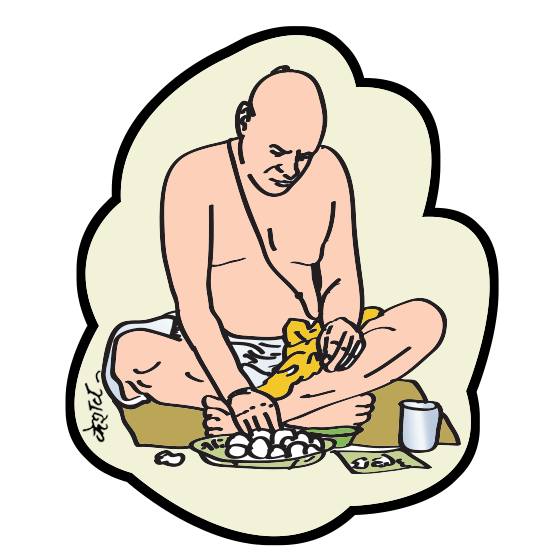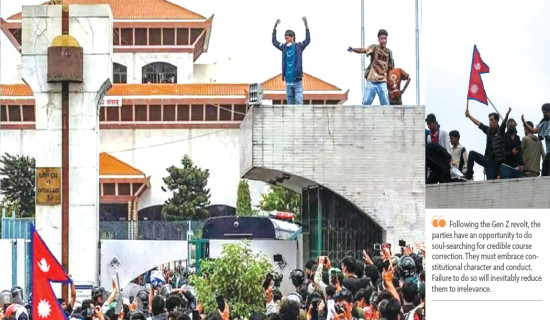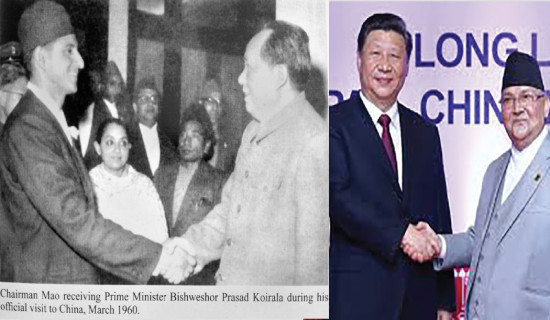- Saturday, 6 December 2025
Rigours Of Death Rituals
In his poem ‘Death Be Not Proud,’ famous English poet John Donne has personified death and challenged its pride in power, terming it an illusion. Donne argues that death is neither mighty nor dreadful. However, his metaphysical poem appears to be a wishful thinking that can hardly overcome the acute emotional and mental shock that a person undergoes at the moment of dying or when s/h loses close relatives – father, mother, spouse or offspring suddenly.
The loss of loved ones is irreparable. In that sense, death is the most dreadful thing in the life of people. Everyone is afraid of death. People do anything to avoid being physically hurt or risk of being killed. Those who pretend to defy death are abnormal beings. They are an exception and beyond the category of ordinary beings.
People are not ready to negate their own existence even after their death. This is a reason why the concept of atma (soul) was evolved and was recognised by virtually all religions. It is based on a principle that soul exists after a person leaves this material world. People pray for peace of the departed soul when their loved ones pass away but science has not accepted the existence of soul. The idea exists in faith, imagination and metaphysical vision. In Rigveda, the existence of death has not been acknowledged but the dead body is considered corrupt that is burnt to purify and release the soul from it.
The entire death rituals, performed by Hindu followers, aim to appease the soul through a series of sraddha (ritual of respect). According to religious scripts, soul is covered in a vaporous thumb-sized structure (linga sarira) which is seized by two servants of Yamaraj, the god of death, immediately after a person dies.
Chief mourner (karta kriyaputri) and priest perform sraddha to reconstitute a more substantial physical body (yatana sarira) around the disembodied soul (preta) of the deceased. During the 13-day rituals, pindas (balls of rice mixed with sugar, milk, curd, ghee and sesame seeds) are offered to preta so that the soul becomes pitri (ancestral spirit). Then, the soul departs from this world for a yearlong journey to Yama’s kingdom where its fate is decided according to its karma on the earth. This is how the deceased’s self is liberated from the cycle of rebirth and its house and family members are cleansed.
The mourners (kriyaputris) have to live on very limited food and refrain from salt, milk, onion, garlic, meat and other items for 13 days. They put on only white plain clothes. It is really painful when the people have to perform death rituals during the chilly winter. Mental agony and physical hardships are likely to take their toll on the mourners and bereaved family members. This is what this scribe experienced while observing the rituals upon the departure of his beloved mother recently.
However, these rigorous rites are conducted as a reverence to the deceased. In addition to religious value, this has one upside – it brings together siblings, who have left the parental home or separated from their parents for years. They stay and sleep together for 13 days amidst severe hardships. This serves as an occasion to evoke empathy, love and cooperation among the brothers, sisters and despondent family members.

















